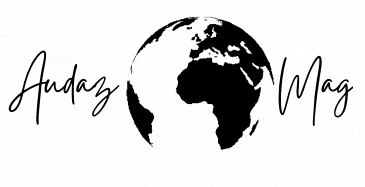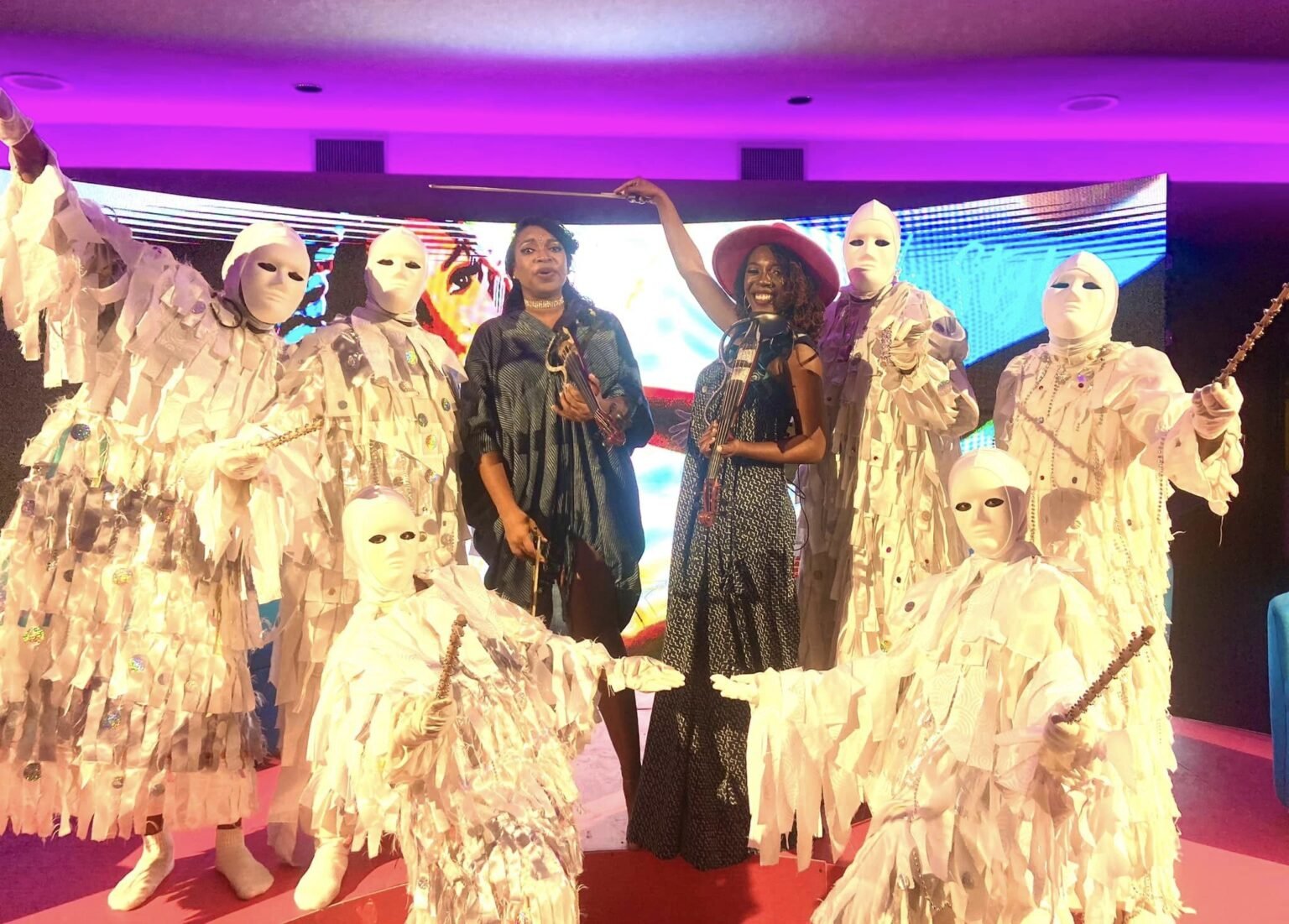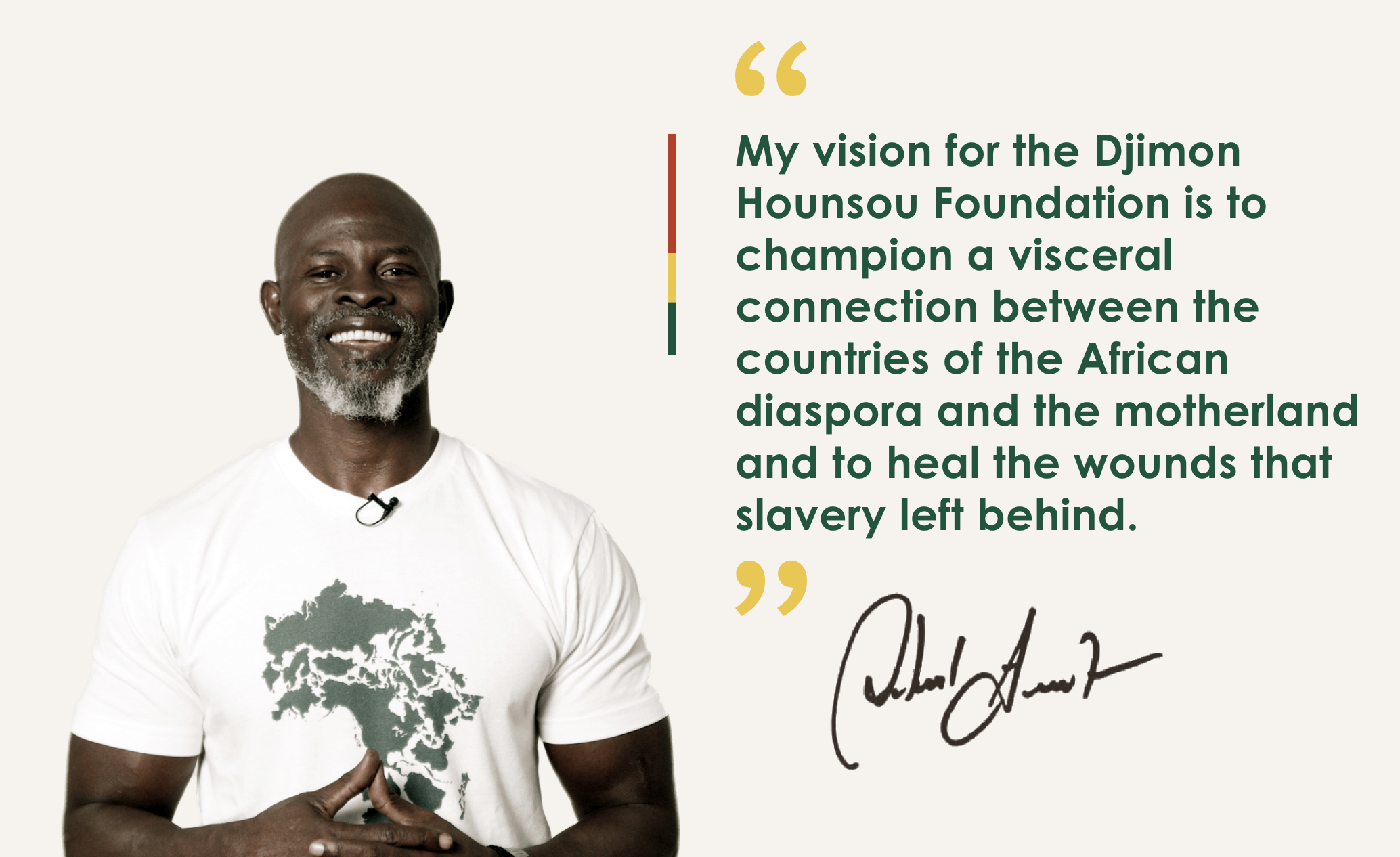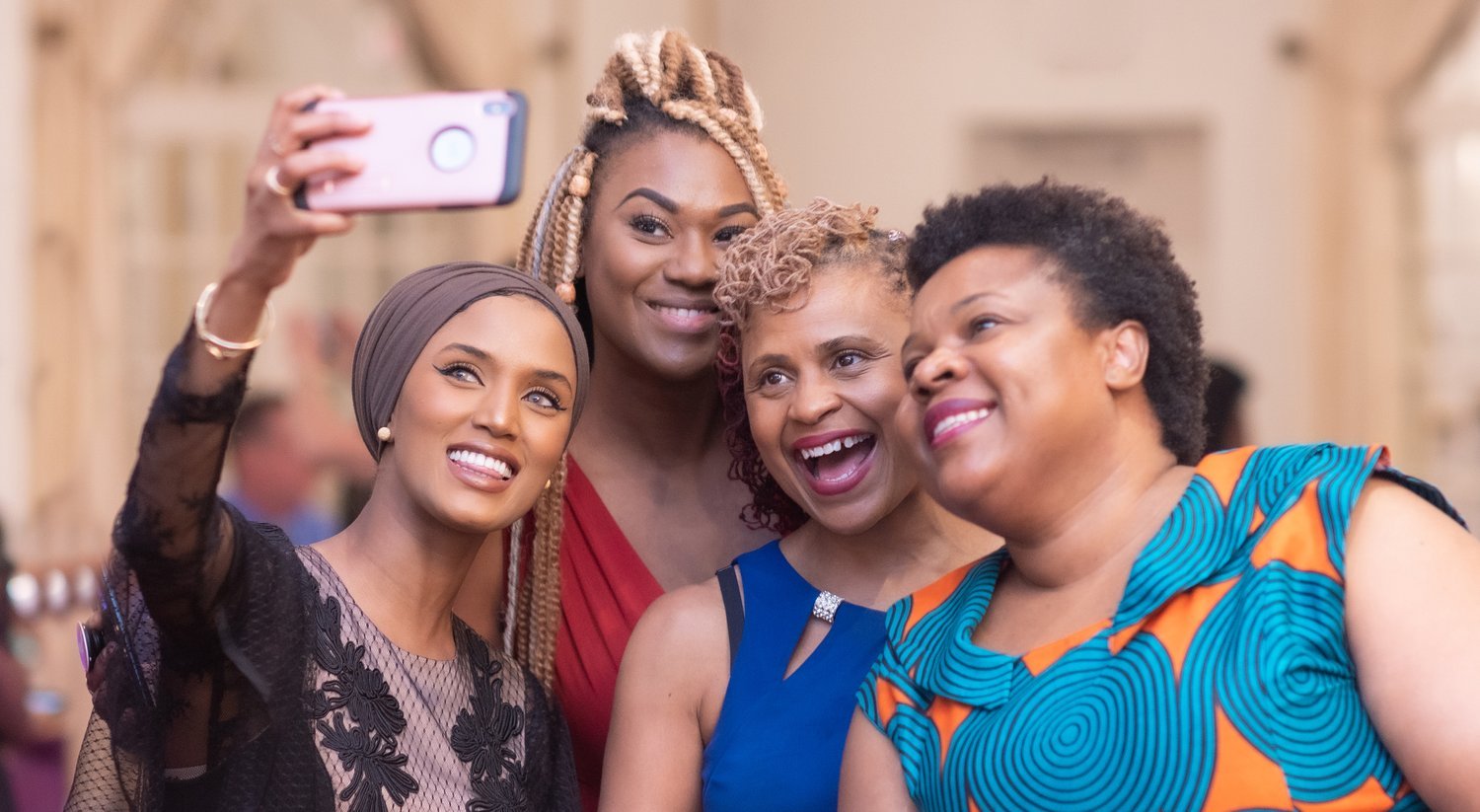Hip hop at 50: history of a Black legacy

Image: NPR; Video: Black History in Two Minutes or so
The year is 1973, and on a hot summer day in the Bronx the popular DJ Kool Herc, who will later become known as the Father of Hip Hop, deejays a back-to-school block party. That day (August 11th) is unofficially recognized as the birthdate of the cultural phenomenon that is hip hop. Today, 50 years later, it is impossible to fully quantify the impact that began that summer and the global movement that it has since evolved into.
Over the decades, hip hop has been broken down into several distinct phases – old school, new school, and 21st century. The old school era began from the early 1970s and lasted through to the mid-1980s defining a new unique sound that featured distinctive drum beats and record scratching, as well as bringing us classics like Rapper’s Delight by The Sugarhill Gang (1979) and The Message by Grandmaster Flash (1982).
By the mid-1980s hip hop exploded on the music scene with artists such as Run-D.M.C, LL Cool J, Queen Latifah, the Beastie Boys, and Public Enemy, among many others, pushing the genre to new heights. This era also saw a shift from the East Coast hip hop dominance that had existed since its founding. In 1989, the West Coast definitively diverted attention from New York City when N.W.A’s Straight Outta Compton became one of the most popular releases of the year. This East Coast/West Coast rivalry would only grow exponentially into the 1990s for better (creative comparisons featuring the likes of the Wu-Tang Clan and N.W.A.), or worse (the Biggie versus Tupac saga and tragic ending).
By the beginning of the 21st century, hip hop had cemented itself as a game changer and was the best-selling music genre in the United States. But with that notoriety came a significant shift in the music industry with the introduction of streaming services. Where album sales and tours used to be the industry’s major sources of income, the introduction of streaming saw many artists struggle and have to contend with unfair compensation policies. Additionally, the discourse around East Coast and West Coast dominance evolved yet again with new sounds and iterations of the genre coming out of major cities like Atlanta, New Orleans and Detroit, among others.
Today, hip hop is intrinsically linked to many facets of American culture, pushing its influence beyond music to fashion, dance, art and politics. And while hip hop fans may disagree on who should be considered among the greats, or which region is unmatched in producing hitmakers, the one thing that we can all agree on is that the movement that was birthed on that summer day in the Bronx has forever changed the trajectory of music, culture and the arts in the best way possible.
SHOP THE CHANGEMAKER COLLECTION
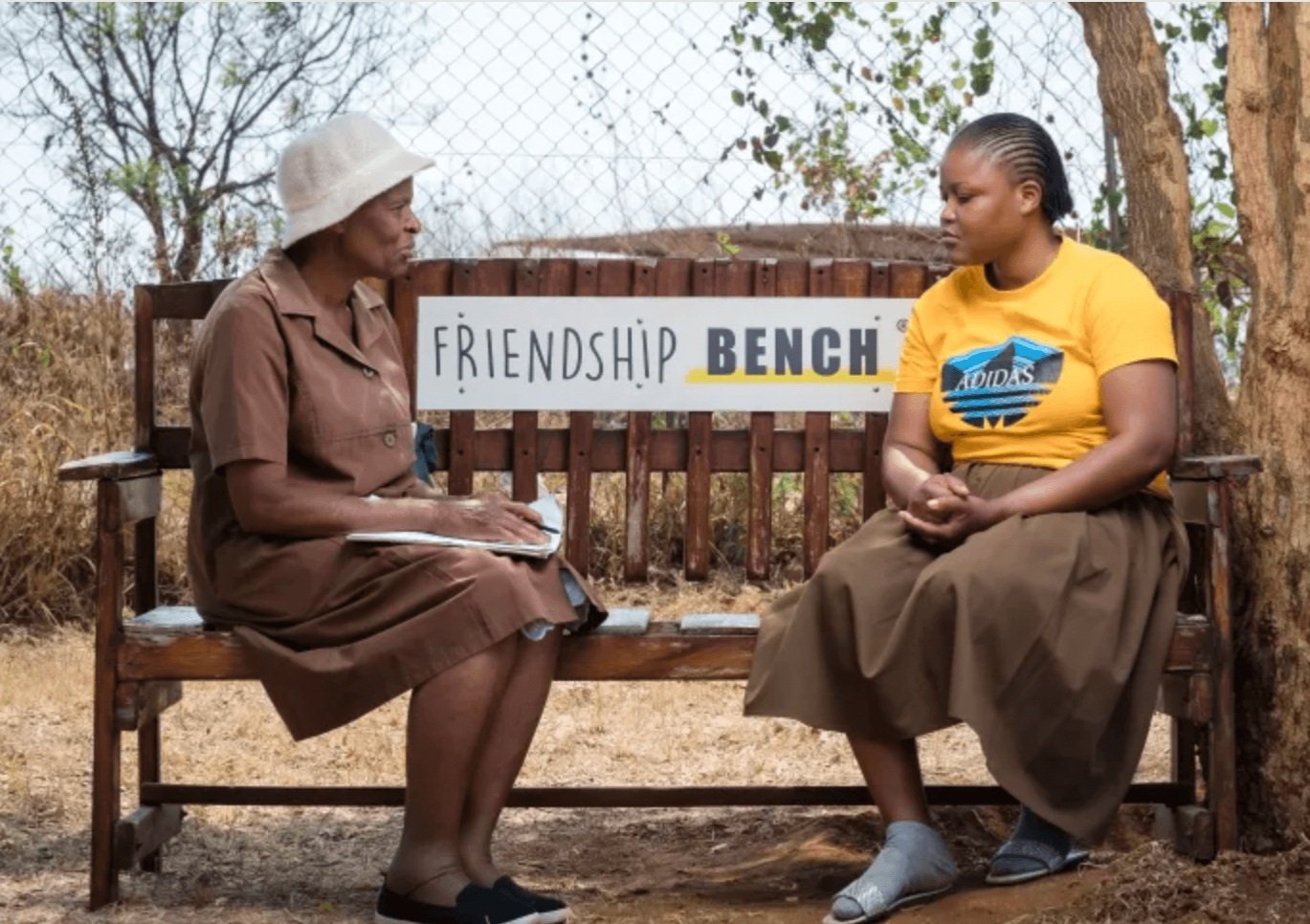
Chris is a proud East African, 30-something who currently lives in the United States, but whose heart will always be in her motherland Africa. Just like everyone else, she is clumsily trying to find her place in this crazy world with the hope of having some fun and learning as much as she can along the way.
